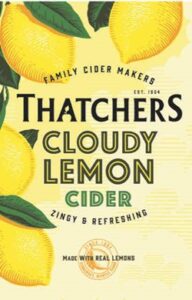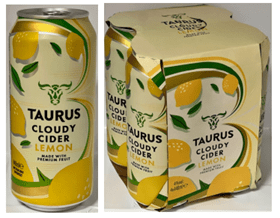Benchmarking is commonplace within the retail market. This is the process in which a company compares its products and methods with those of the most successful companies in its field, to try to improve its own performance. However, there is a fine line between merely seeking inspiration from competitors and instances of infringement.
Several examples of ‘Benchmarking’ can be seen in product designs launched by discount retailers as they look to established brands within the marketplace and draw inspiration from these brands. In these examples, retailers packaging may be considered to be similar to that of their competitor’s packaging for their products by using a similar colour scheme, font and stylisation of words, creating a similar overall get-up but the product commonly incorporates a different brand name. In doing so, customers may recognise the familiar colours and stylisation of the established brand, which the lookalike product arguably imitates.
Building a distinctive brand and establishing a place within the market often involves extensive marketing and investment, which can take several years. Using the Benchmarking tactic enables retailers to benefit from established brands, without incurring the investment costs to develop their own branded products.
An example of Benchmarking was in in the case of Thatchers Cider Company Limited v Aldi Stores Limited, where the fine line between benchmarking and infringement was explored.
Thatchers, who specialise in ciders, brought proceedings in the High Court against Aldi, based on a registered trade mark for its label mark below:

It also brought a claim of passing off in relation to Aldi’s Taurus Cloudy Cider Lemon product (as seen below).

Even though the court accepted that Aldi had used Thatchers’ Cloudy Lemon Cider as a benchmark, when developing the Aldi product, Thatchers was ultimately unsuccessful in their claims.
In cases of lookalikes, it can be difficult to prove trade mark infringement, if the lookalike product in question bears a different brand name to the established brand (i.e. TAURUS instead of THATCHERS). Therefore, establishing customer confusion poses its challenges. The High Court found that whilst Aldi’s product may call Thatchers’ product to mind, there was no real likelihood of confusion amongst consumers as THATCHERS and TAURUS marks were visually similar to only a low degree and were aurally and conceptually dissimilar. In addition, while the use of lemons and leaves in the get-up was common between the two products, the actual arrangement and overall style images was different. Furthermore, while both products adopted a similar colour combination, this was not unique to the Thatcher’s product, with many other lemon-flavoured drinks using a similar colour combination.
Despite Thatchers being able to establish goodwill and reputation and that its trade mark had an enhanced distinctiveness, the Court viewed that there was no evidence to suggest that this would cause consumers to change their economic behaviour. The Court’s conclusion was that Aldi had not sought to exploit Thatchers’ reputation and had therefore not taken unfair advantage. Thatchers ultimately failed in its efforts to stop the use of a lookalike product.
Therefore, to protect established brands from lookalike products, it is important that brand owners should consider all forms of IP protection available to them. All elements of the branding of products should be taken into consideration, this can include logos, stylisation of words, the get-up and overall design of the packaging used. Boult can assist with developing and devising an IP strategy to better protect your brand from lookalikes. For further information, please contact us at boult@boult.com.




